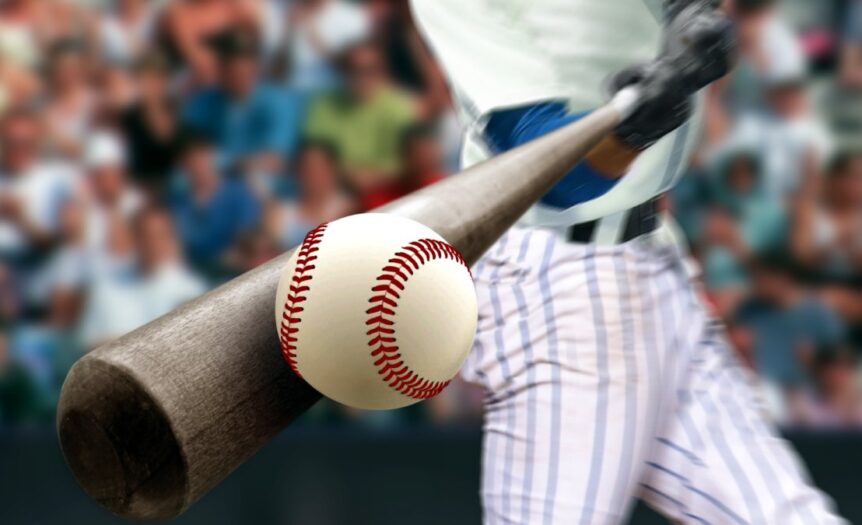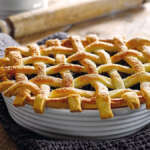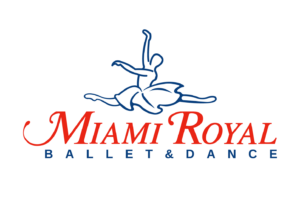Baseball boasts a rich history threaded with skillful plays and moments of ingenuity. Yet, the sport has also witnessed its fair share of controversies involving equipment manipulation. Some tweaks, small as they may seem, have raised eyebrows and challenged the integrity of the game. Florida, a state with deep baseball roots and a strong culture of youth and professional play, is no stranger to debates over fair play versus foul tricks. Among these debates, bat alterations that are considered cheating in professional baseball draw the most attention. Here’s a closer look at some of these questionable modifications.
Corked Bats
Players have attempted to insert cork or similar lightweight materials into bats to alter their performance. A corked bat has a lower total weight, allowing for faster swings. This, in theory, helps sluggers meet pitches with extraordinary speed. However, corked bats are illegal because they don’t comply with league regulations and can distort gameplay. These bats not only disrupt the game but also pose risks to players when they crack unexpectedly.
Shaving the Barrel
Another tactic involves shaving the inner barrel of aluminum bats. Some players remove material from inside, creating a thinner, more responsive barrel wall that results in greater ball exit velocity upon impact. While illegal, this alteration is hard to detect just by sight, making it appealing for those testing boundaries. This tactic puts the safety of athletes at risk due to unpredictable bat behavior during play.
Rolling Bats for Performance
Bat rolling is the process of compressing composite bats to break them in quickly, enhancing their performance. Although it is common practice in amateur settings, competitive play has banned this technique because it sidesteps natural wear and tear. Such alterations blur the line between preparation and cheating. The truth about bat rolling and its effects on durability is hard to measure—but the benefits of bat rolling are often clear. This issue continues to fuel debates on maintaining integrity within baseball leagues steeped in tradition.
Covertly Altering Grips
Altering grips, such as applying substances other than the allowed pine tar, also crosses into cheating territory. Batters sometimes use illegal adhesives to improve grip beyond the permitted extent, giving them an unfair advantage. While grip adjustments might seem harmless, even subtle tweaks can be decisive in critical moments.
Striking Out the Cheating
Baseball’s beauty lies in its balance of skill, strategy, and sportsmanship. Tampering with equipment undermines all three aspects, leaving fans and players disillusioned. Among bat alterations that are considered cheating in professional baseball, the methods discussed above represent significant threats to fair play and safety. The game can preserve its legacy and ensure a fair experience for all involved by addressing these practices with strict regulations and enforcement.










 Deering Estate
Deering Estate
 Massage Envy South Miami
Massage Envy South Miami
 Calla Blow Dry
Calla Blow Dry
 My Derma Clinic
My Derma Clinic
 Sushi Maki
Sushi Maki
 Sports Grill
Sports Grill
 The Healthy Kitchen
The Healthy Kitchen
 Golden Rule Seafood
Golden Rule Seafood
 Malanga Cuban Café
Malanga Cuban Café

 Kathleen Ballard
Kathleen Ballard
 Panter, Panter & Sampedro
Panter, Panter & Sampedro
 Vintage Liquors
Vintage Liquors
 The Dog from Ipanema
The Dog from Ipanema
 Rubinstein Family Chiropractic
Rubinstein Family Chiropractic
 Your Pet’s Best
Your Pet’s Best
 Indigo Republic
Indigo Republic




 ATR Luxury Homes
ATR Luxury Homes


 2112 Design Studio
2112 Design Studio
 Hamilton Fox & Company
Hamilton Fox & Company
 Creative Design Services
Creative Design Services
 Best Pest Professionals
Best Pest Professionals
 HD Tree Services
HD Tree Services
 Trinity Air Conditioning Company
Trinity Air Conditioning Company
 Cisca Construction & Development
Cisca Construction & Development
 Mosquito Joe
Mosquito Joe
 Cutler Bay Solar Solutions
Cutler Bay Solar Solutions


 Miami Royal Ballet & Dance
Miami Royal Ballet & Dance
 Christopher Columbus
Christopher Columbus
 Pineview Preschools
Pineview Preschools
 Westminster
Westminster
 Carrollton
Carrollton
 Lil’ Jungle
Lil’ Jungle
 Frost Science Museum
Frost Science Museum
 Palmer Trinity School
Palmer Trinity School
 South Florida Music
South Florida Music
 Pinecrest Orthodontics
Pinecrest Orthodontics
 Dr. Bob Pediatric Dentist
Dr. Bob Pediatric Dentist
 d.pediatrics
d.pediatrics
 South Miami Women’s Health
South Miami Women’s Health

 The Spot Barbershop
The Spot Barbershop
 My Derma Clinic
My Derma Clinic




 Miami Dance Project
Miami Dance Project

 Rubinstein Family Chiropractic
Rubinstein Family Chiropractic
 Indigo Republic
Indigo Republic

 Safes Universe
Safes Universe
 Vintage Liquors
Vintage Liquors
 Evenings Delight
Evenings Delight





 Atchana’s Homegrown Thai
Atchana’s Homegrown Thai
 Baptist Health South Florida
Baptist Health South Florida

 Laser Eye Center of Miami
Laser Eye Center of Miami
 Visiting Angels
Visiting Angels
 OpusCare of South Florida
OpusCare of South Florida

 Your Pet’s Best
Your Pet’s Best





 HD Tree Services
HD Tree Services
 Hamilton Fox & Company
Hamilton Fox & Company


 Creative Design Services
Creative Design Services